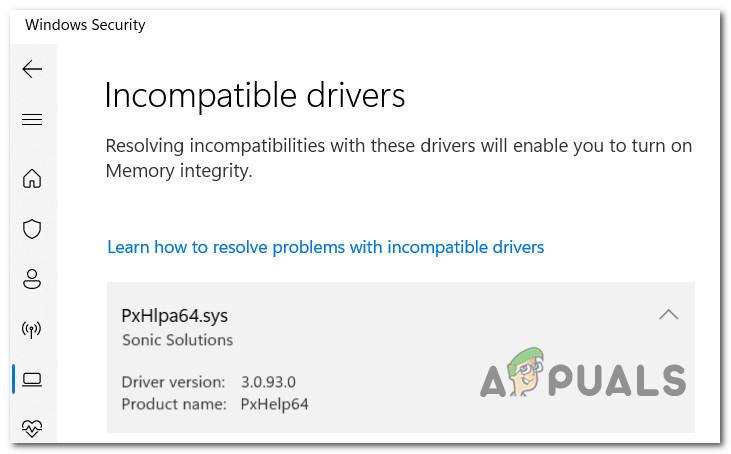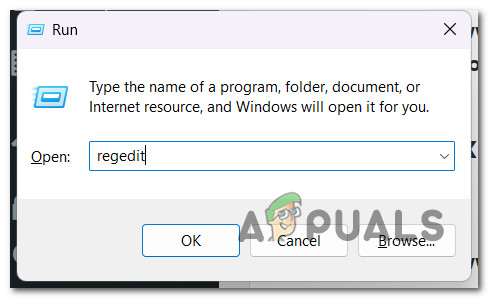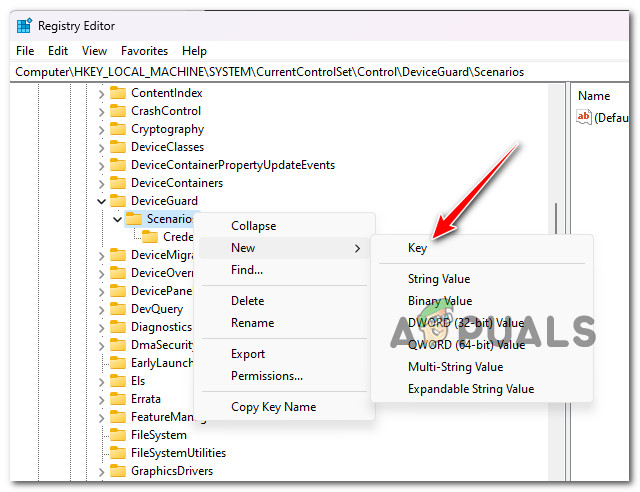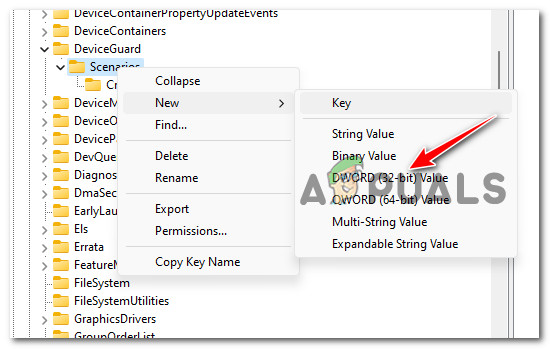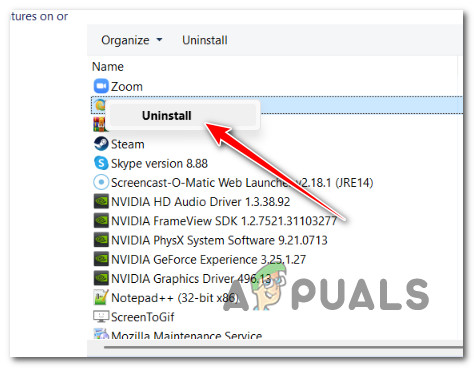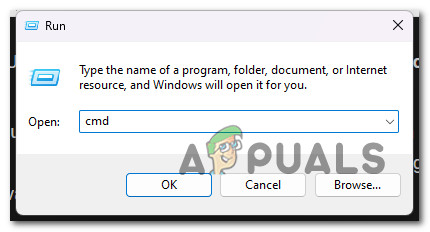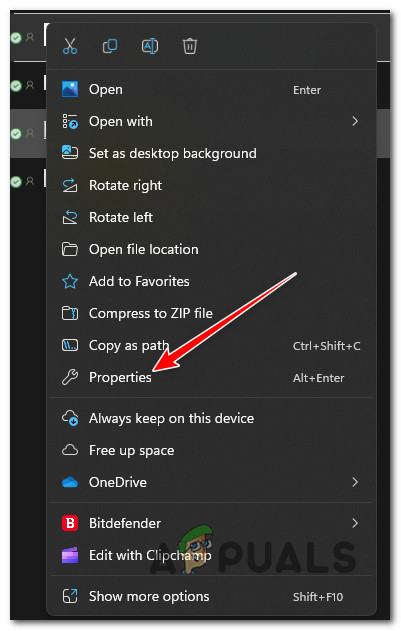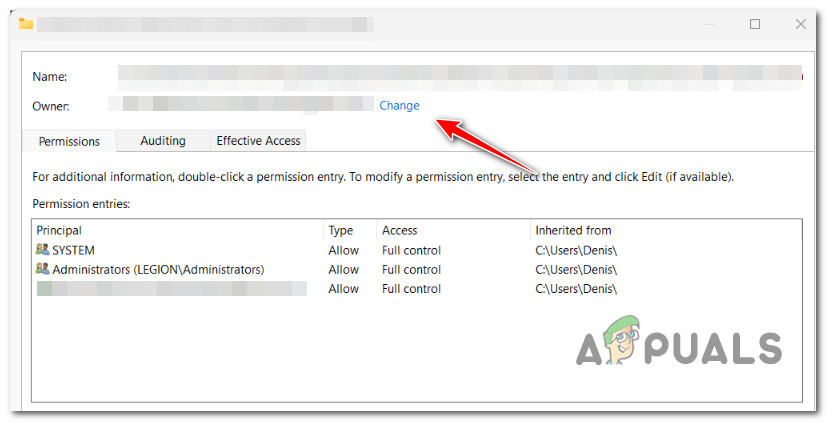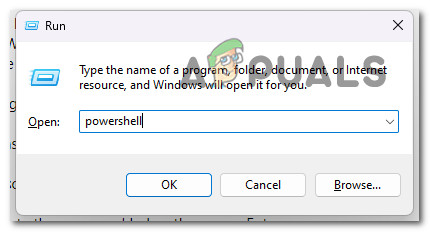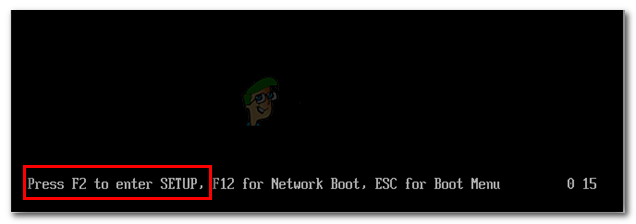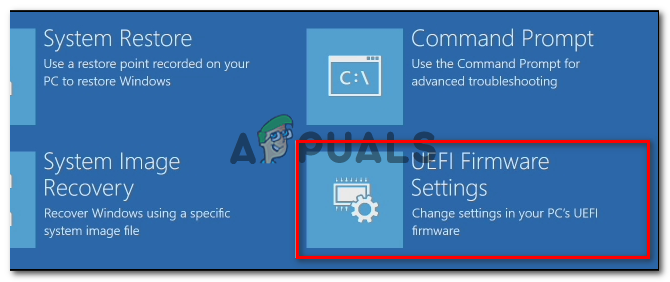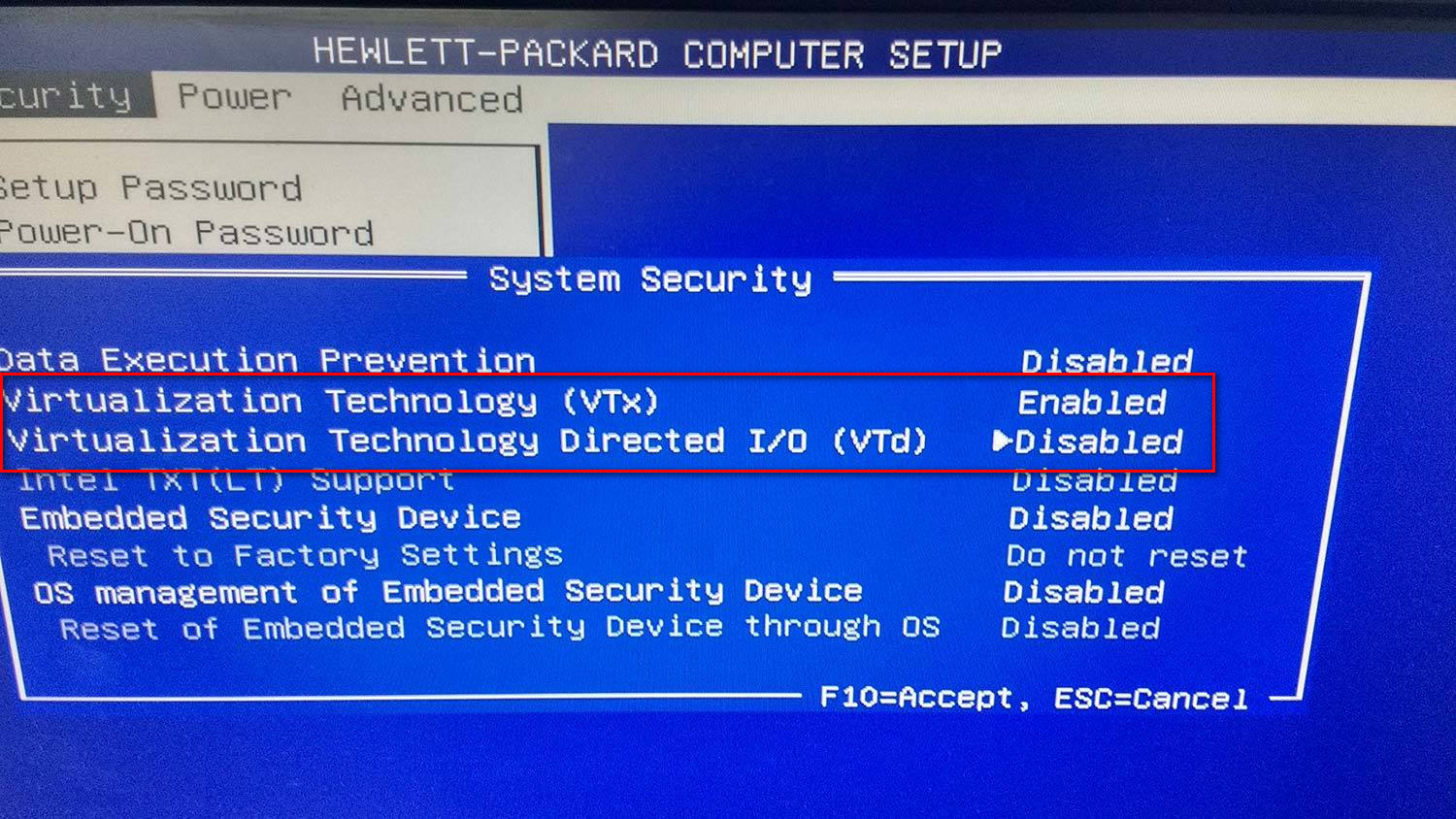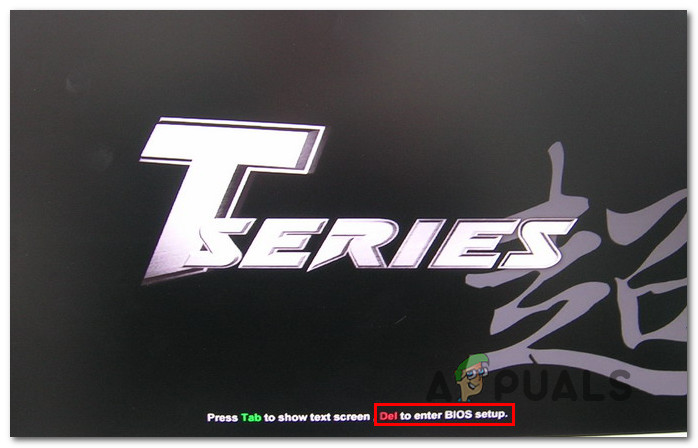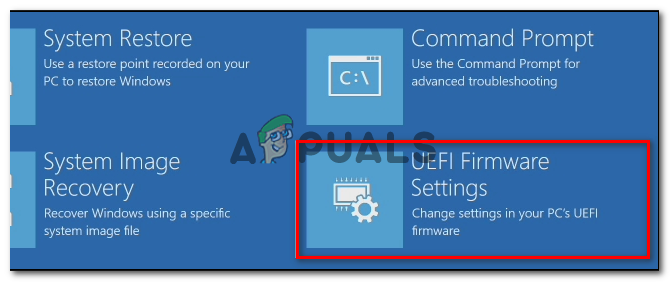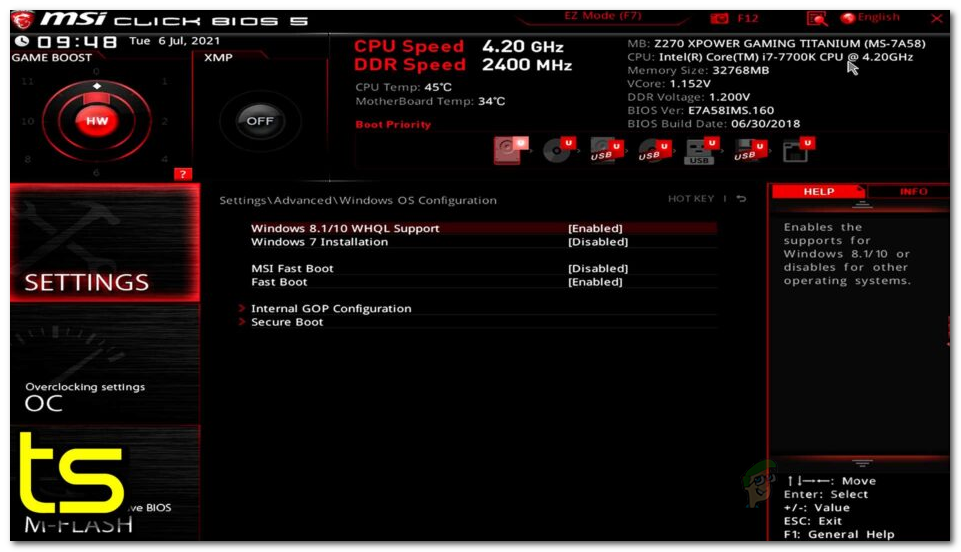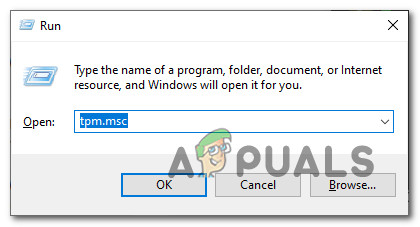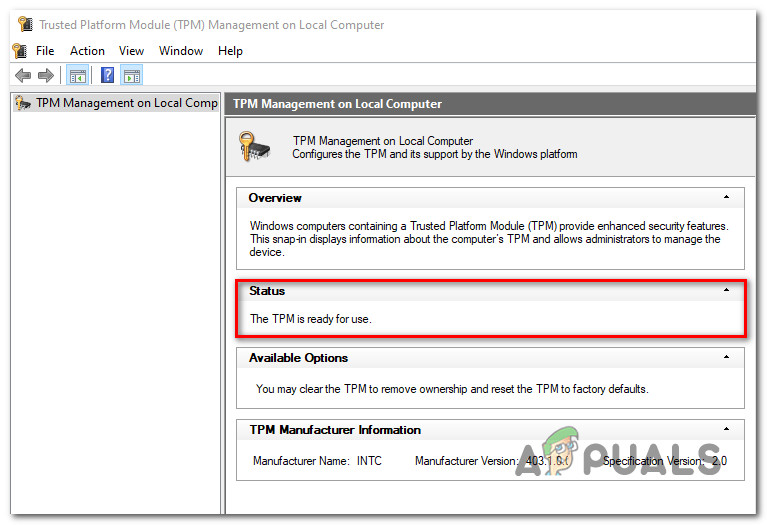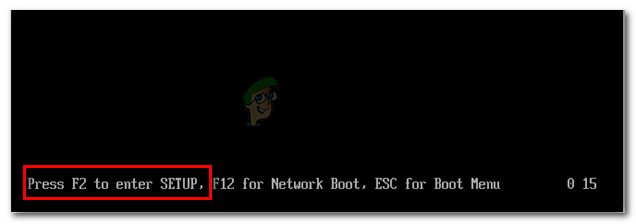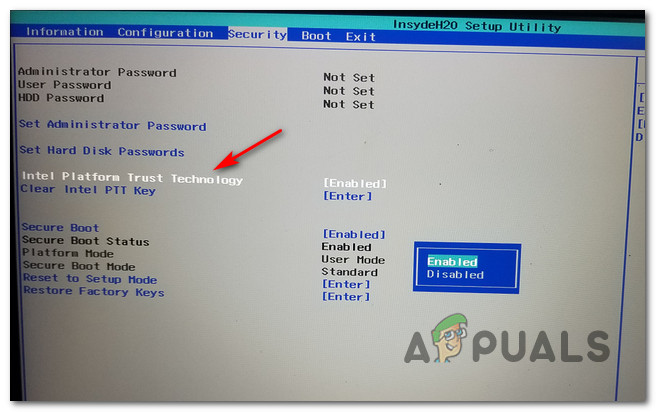It turns out that there are several different underlying causes of why you can expect to deal with this particular issue. Here’s a shortlist of potential scenarios that might cause this problem: Now that we have gone over every potential reason why you might deal with this PxHlpa64.sys incompatibility issue let’s go over a series of verified fixes that other affected have successfully used to get to the bottom of this issue.
1. Force Memory integrity to ON via Registry Editor
Keep in mind that on Windows 11, memory integrity is off by default. But there are a lot of scenarios where Windows Update will turn it on and trigger this incompatibility error. If you are unable to enable the memory integrity feature conventionally since you always get the same error, the first thing you should attempt to do is to enable memory integrity via Registry Editor forcibly. Note: Keep in mind that for Memory Integrity to be enabled successfully, Secure boot and TPM 2.0 need to both be enabled. If you think you meet this requirement and you are willing to attempt to fix this issue via Registry Editor, follow the instructions below: If the same problem is still occurring, move to the following sub-guide below.
2. Disable PxHlpa64.sys via Registry Editor
You should check whether the PxHlpa64.sys is just a leftover file that’s not being used by your PC. In this case, you can use the Registry Editor to effectively disable the PxHlpa64.sys file and prevent it from taking into account when you attempt to enable the memory integrity feature. Note: Our recommendation is to take the time to back up your registry before following the instructions below. If your plan is to fix the issue by effectively disabling the PxHlpa64.sys file via Registry Editor, follow the instructions below: If the same issue is still occurring, move down to the following method below.
3. Uninstall Sonic (Roxio) from PC (if applicable)
According to many affected users, this problem can also indirectly be caused by Roxio, a DVD Burning Software known to conflict with the memory integrity feature on Windows 10 and 11. Other users dealing with the same issue while Sonic (Roxio) is installed on their PC have reported that the issue was finally fixed after the software was removed entirely. Note: As things are right now, until Sonic (Roxio) releases an update that will prevent this incompatibility, there’s not way that will allow you to enable memory integrity while this software is installed on your PC. Follow the instructions below for specific instructions on how to uninstall Sonic from your Windows 10 or Windows 11 PC: If the same problem is still occurring, move to the following method.
4. Deploy DISM and SFC scans
You should at least assume that you are dealing with a problem connected to file corruption in the system if you have attempted every remedy listed above and are still experiencing the same problem when you attempt to enable memory integrity on Windows 11. In this case, you should try to fix the damaged files causing this behavior on your Windows 11 machine. To replace damaged system files with their healthy equivalents and failed storage sectors with their unused counterparts, SFC, short for System File Checker, and DISM, should be executed quickly after the other. What you must do is as follows: Continue to the following suggested solution below if the problem is still present.
5. Uninstall the KB5017026 update
Several users dealing with this issue have confirmed that, in their case, the problem occurred due to a bad Windows update (KB5017026). Upon uninstalling this lousy update, many affected users reported that the problem went away for good, and they could enable the memory integrity feature without issues. Note: Keep in mind that it’s very likely that Microsoft will release a hotfix for this issue pretty soon in an attempt to fix the problem. Until they do, this is the only solution that will allow you to take care of the issue if the problem is caused by the KB5017026. Follow the instructions below to uninstall the KB5017026 from your Windows 11 PC: If this update is not installed on your PC or this method didn’t allow you to fix the problem, move down to the following method below.
6. Take ownership of PxHlpa64.sys & remove it
In the vast majority of cases, you can prevent the PxHlpa64.sys error from occurring if you just get rid of it. However, depending on your PC configuration, you might not be able to do this unless you take the time to take full ownership of the file. Only after you fully own the file can you safely delete it and enable memory integrity without getting the same error. Note: Keep in mind that PxHlpa64.sys is a windows driver at its core that you might or might not need. Delete it at your own risk. If you want to take ownership of the PxHlpa64.sys file so you can move or remove it, follow the instructions below: If you’re still experiencing the same issue, move to the following method below.
7. Remove PxHlpa64.sys via Powershell
If you followed the instructions below and you still can’t delete the PxHlpa64.sys to fix the incompatibility issue with memory integrity, one additional avenue that you can explore is to remove the problematic file via Powershell. Note: It’s essential to understand that Powershell needs to be opened with admin access for the commands to be processed successfully. Follow the instructions below for specific instructions on how to remove PxHlpa64.sys via an elevated Powershell window: If the same problem is still occurring, move to the following method below.
8. Enable Hardware Virtualization
Virtualization being off in your BIOS settings may also cause this problem when you try to enable memory integrity in Windows 11. Even though virtualization is typically enabled by default on computer systems, this is widespread. For many impacted customers, the virtualization feature in BIOS was ultimately disabled via a BIOS update. Fortunately, you may simply change this by going to your BIOS/UEFI settings and turning on virtualization technology again. Note: While most contemporary PC designs utilize UEFI, motherboards produced before the Windows 8 are likely to use BIOS. You must hit the Setup key at the initial starting screen of a computer with a BIOS. The Del key or one of the F keys (F2, F4, F6, F8) is typically used as the setup key. If you’re having trouble finding the motherboard-specific setup key, check online for the “motherboard model + setup key.” You must adhere to the directions (here) to boot into the Advanced Startup settings menu on a machine with UEFI. You may access the UEFI firmware options from there. Search for a setting with the names Intel VT-x, AMD-V, Intel Virtualization Technology, Vanderpool, etc. after you have gained access to your BIOS/UEFI settings. In most cases, the option may be found under Processor, Security, Chipset, Advanced, Advanced Chipset Control, Advanced CPU setup, etc. Once you locate the option, be sure to turn it on. The manufacturer of your motherboard and CPU will affect the options you’ll discover in your BIOS/UEFI. If you cannot locate the option, look up the precise procedures for configuring hardware virtualization online. Once virtualization has been enabled, save the modifications and restart your computer. Next, reboot your PC and see if you can now enable memory integrity without seeing the same annoying issue.
9. Enable Secure Boot
Memory Integrity cannot be activated without your PC having Secure Boot capability. A feature could occasionally be supported but turned off by the BIOS or UEFI settings. Security features like memory integrity may be unable to distinguish between supported and disabled capabilities under certain conditions. NOTE: The most prominent businesses in the PC industry have agreed to an industry standard called Secure Boot to ensure that PCs ONLY execute software that has been certified by Original Equipment Manufacturers (OEMs). If your motherboard is relatively new, there is a solid chance that Secure Boot is already supported. In this case, all you have to do is access your BIOS settings. To activate secure boot on your Windows 11 machine, follow these steps: If the problem is still not fixed and you cannot enable memory integrity, continue to the following technique below to ensure TPM 2.0 is activated when your machine restarts.
10. Enable TPM Device Support
One less well-known prerequisite for enabling memory integrity in Windows 11 is support for TPM 2.0. If TPM 2.0 is turned off, one of the following circumstances applies to you: • You can’t use TPM (Trusted Platform Module) 2.0 on your hardware. • TPM 2.0 is deactivated in your computer’s BIOS or UEFI settings. Given that TPM 2.0 is a crucial dependency, you need to take several steps to ensure that TPM support is enabled. To check whether TPM is supported by your system and whether it is switched on or off, take the following actions: The steps listed below will enable TPM 2.0 in your BIOS or UEFI settings if the notification says “Compatible TPM cannot be found“: If the same problem is still occurring, move to the following method below.
11. Perform a clean install or repair install
The likelihood is that you are dealing with some sort of discrepancy that you won’t be able to resolve generally if you have made it this far without receiving a response. The best course of action would be to ensure you refresh every Windows file because tens of thousands of potential culprits could be to blame for this problem. This will ensure that every potentially corrupted Windows Update dependency is replaced with a healthy equivalent. There are two methods you may use to do this:
Deploy a repair install (in-place repair) – This process will only affect your system files; everything else will be left untouched. This should be your first course of action if you have important personal information that you can’t afford to lose. However, bear in mind that suitable installation discs are required.Deploy a clean install – Of all the steps, this is the simplest. If you don’t have suitable installation discs, you may still do this process, but you’ll lose any personal data, documents, and media stored on the operating system partition.
What is Elara App and Why does it prevents Windows from Shutting Down?Fix: Task Host Window Prevents Shut Down in Windows 7/8/10Enable or Disable Core Isolation Memory Integrity in Windows 11FIX: DRIVER_IRQL_NOT_LESS_OR_EQUAL (netio.sys) OR…
